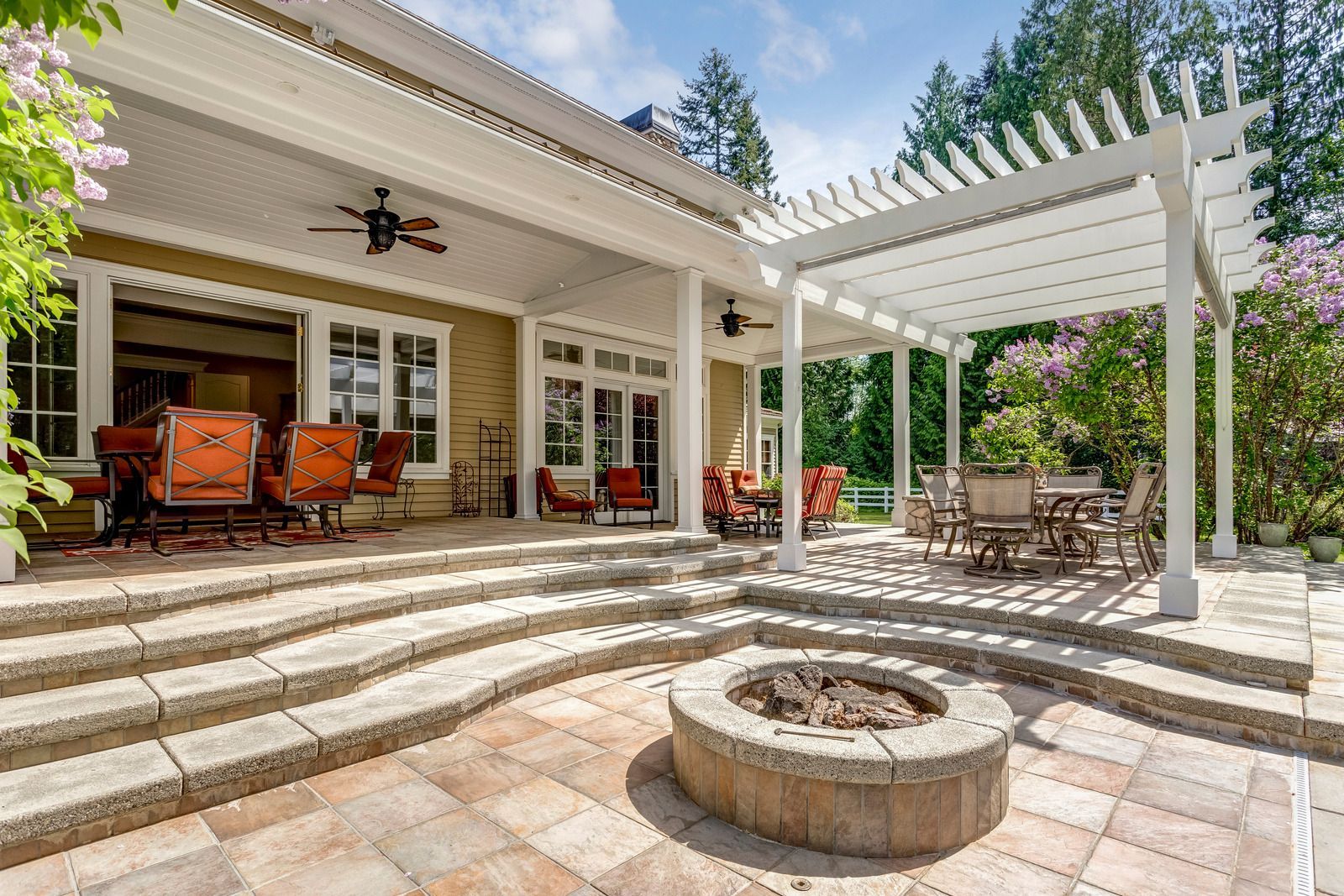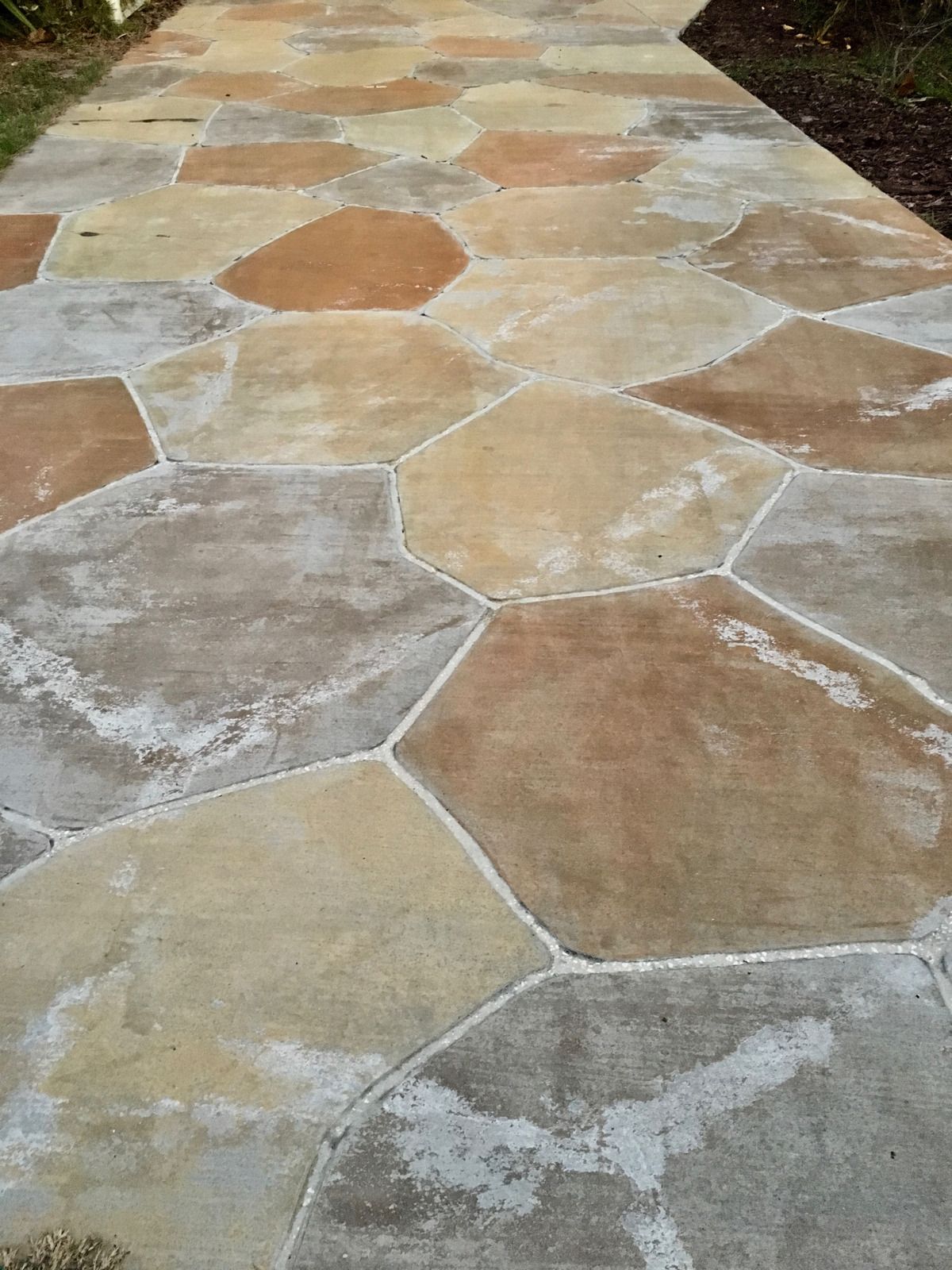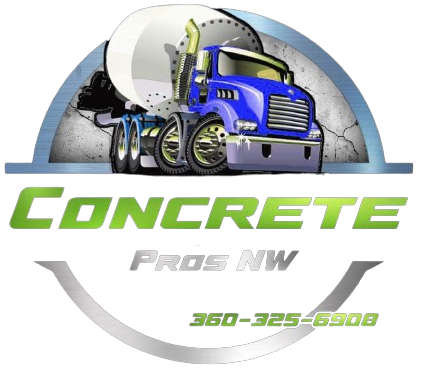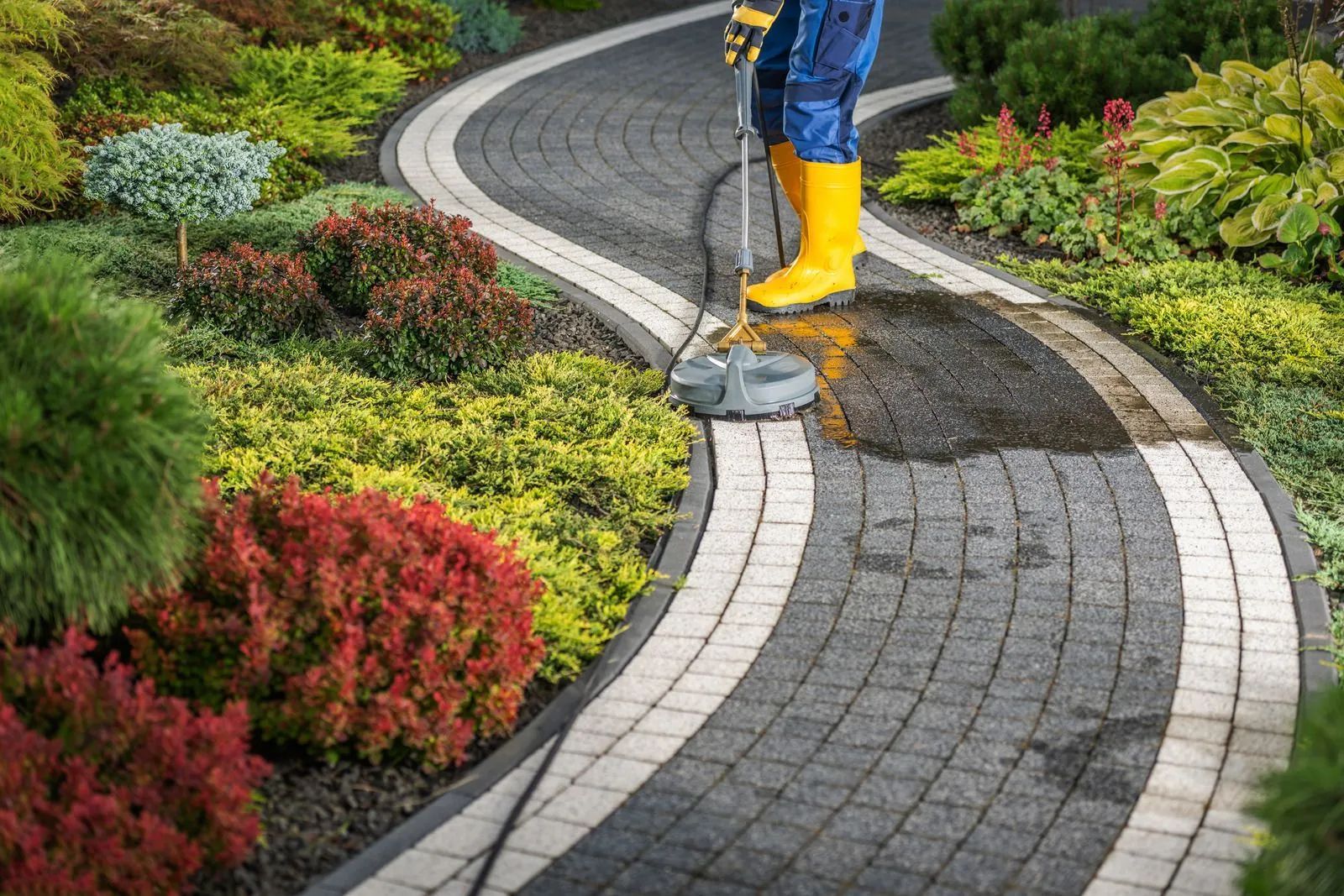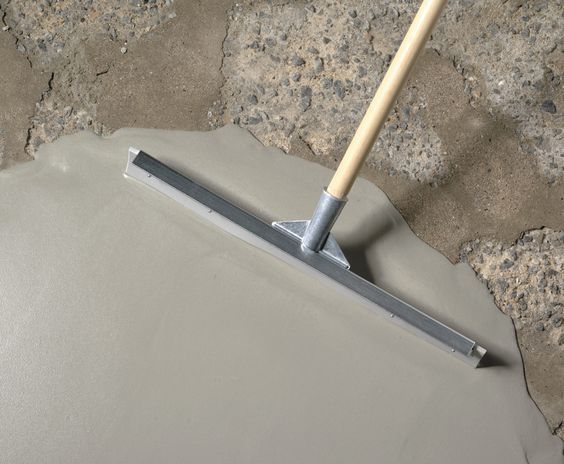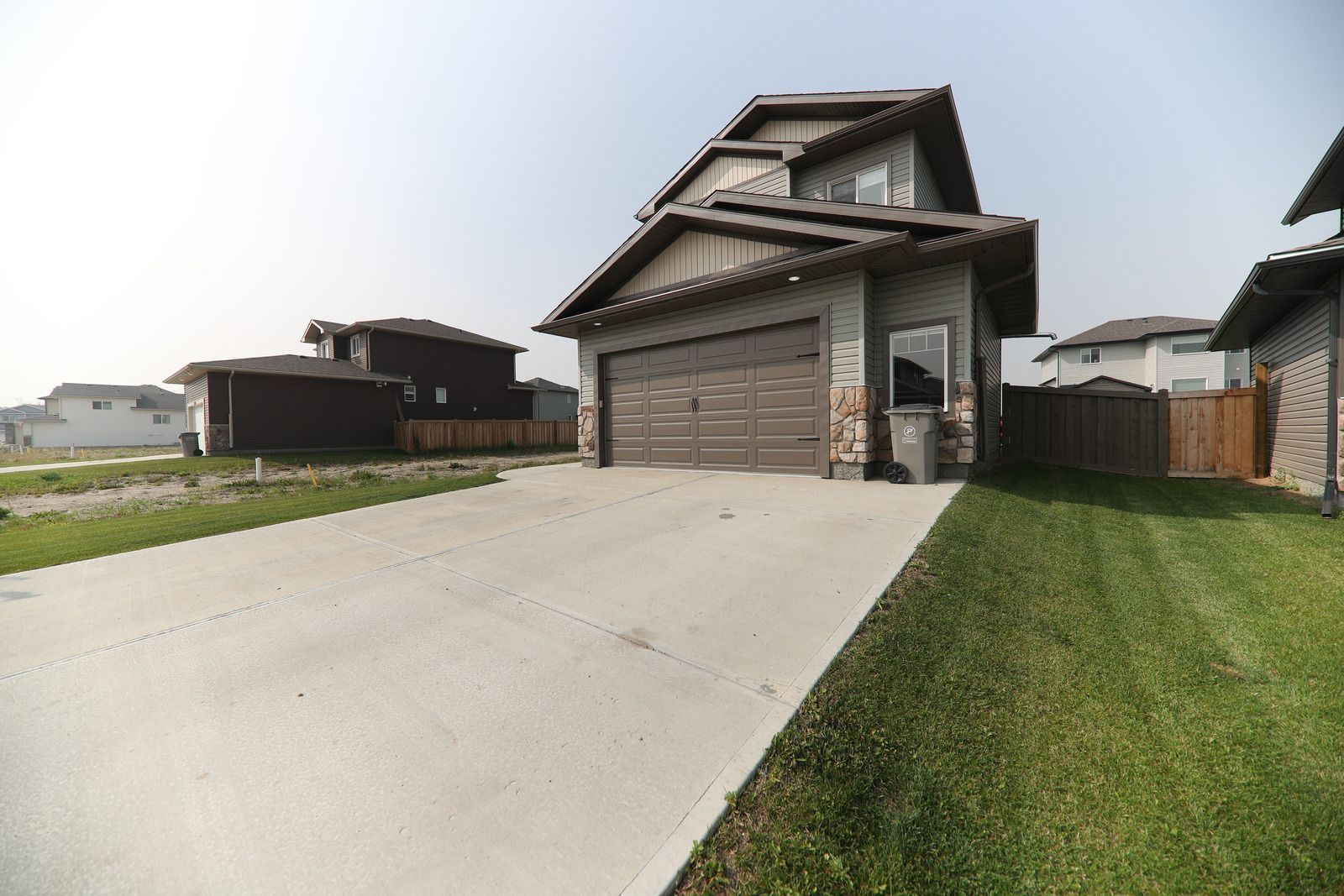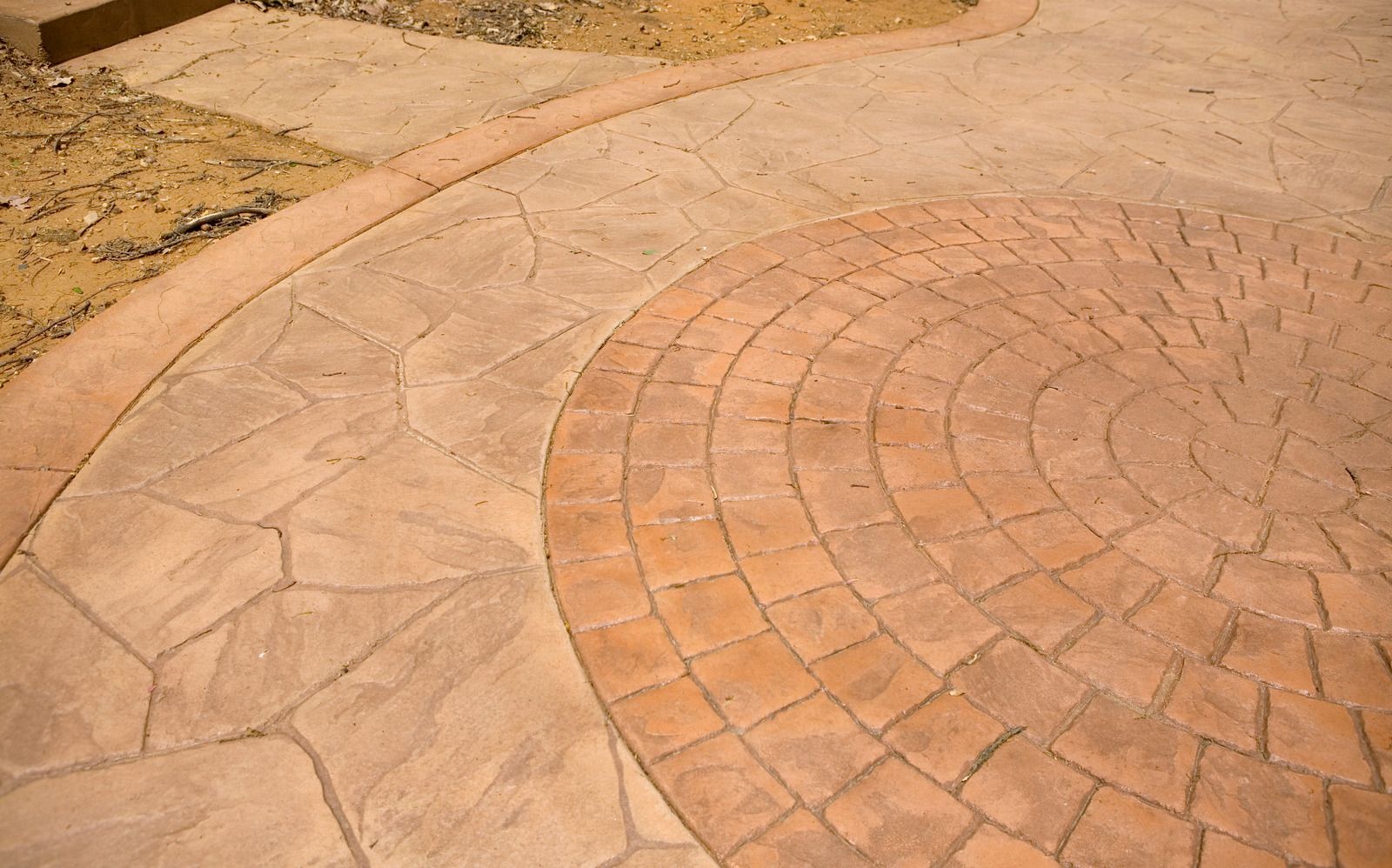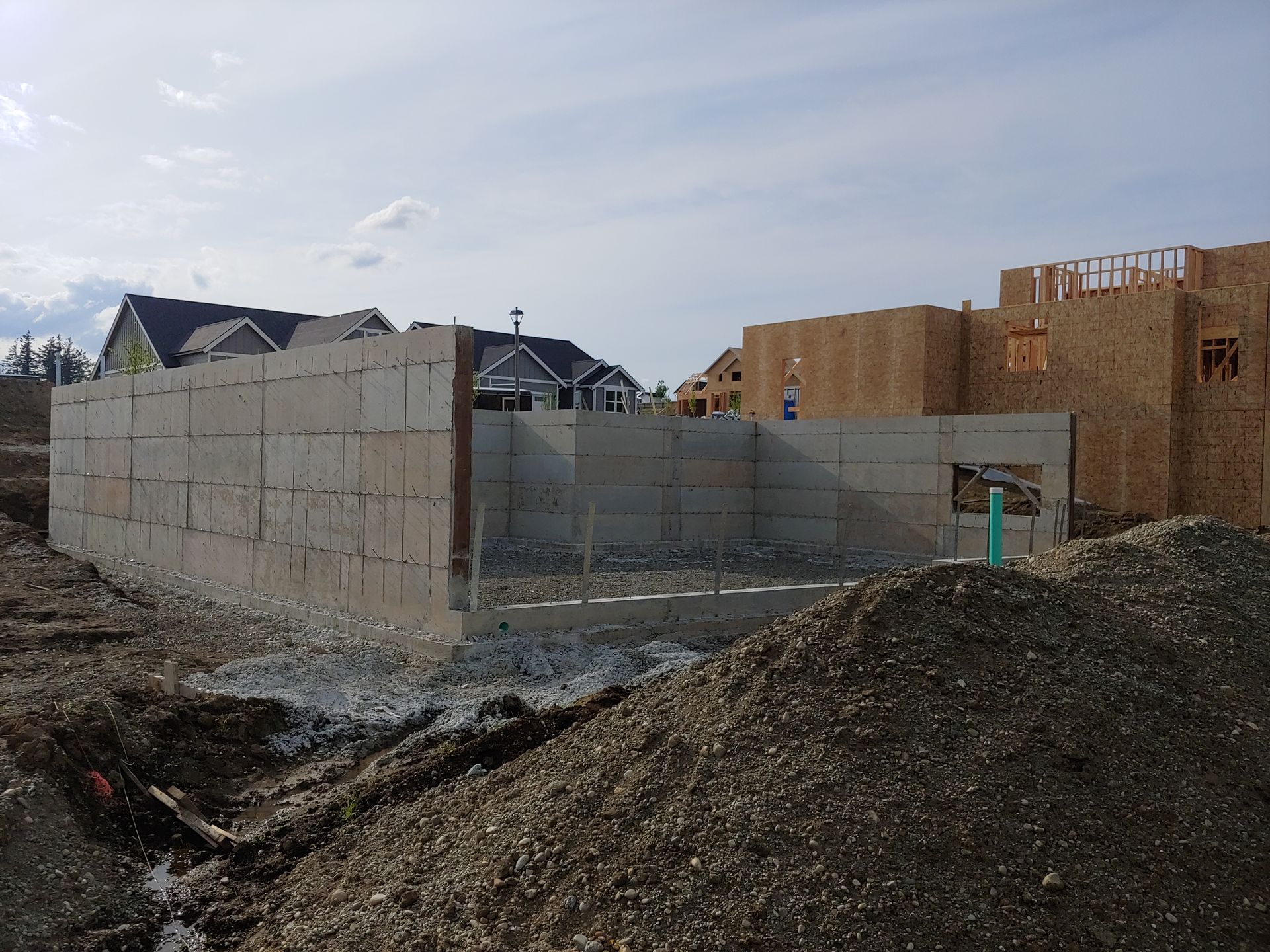5 Signs It's Time to Consider Demolishing Old Concrete Immediately
Concrete is a durable and long-lasting material, but even the strongest concrete structures can deteriorate over time. When concrete becomes compromised, it can pose safety risks, reduce property value, and lead to costly repairs if not addressed promptly. Here are five critical signs that indicate it's time to consider demolishing old concrete immediately.
1. Extensive Cracking and Structural Weakness
While small cracks in concrete are common due to natural settling and temperature changes, large or deep cracks indicate a serious problem. Cracks that expand over time or form in a spiderweb pattern can signify foundational instability. Additionally, cracks that expose the aggregate beneath the surface or allow weeds and plants to grow can be a clear indication of irreversible damage. If the concrete is crumbling, shifting, or showing significant signs of deterioration, demolition may be the best option to prevent further damage or potential collapse.
2. Uneven Surfaces and Tripping Hazards
Concrete should provide a stable, even surface. When it becomes uneven due to soil movement, tree roots, or poor installation, it creates dangerous tripping hazards. This is especially concerning for sidewalks, driveways and walkways where foot traffic is frequent. In cases where resurfacing is not a viable solution, demolishing and replacing the concrete ensures a safer and more functional surface, improving accessibility and usability.
3. Drainage Issues and Water Pooling
Water pooling on concrete surfaces is a sign of poor drainage, which can lead to further deterioration. Over time, water seeping into cracks can erode the concrete from within, causing it to break apart. Standing water can also accelerate freeze-thaw damage in colder climates, leading to further cracking and structural failure. Proper drainage in driveways, parking lots, and foundations requires removing old concrete for a graded surface, preventing water damage and enhancing longevity.
4. Visible Signs of Reinforcement Corrosion
Reinforced concrete structures contain steel rebar for added strength, but exposure to moisture and harsh weather conditions can cause the metal to rust. When rust expands, it puts pressure on the surrounding concrete, leading to cracks, spalling, and weakening of the structure. Concrete that has noticeable rust spots or protruding metal bars, fails and has to be replaced right away. Ignoring these warning indications may lead to structural breakdown and necessitate future, more costly repairs. Timely demolition and reconstruction ensure the stability and safety of the structure for years to come.
5. Outdated or Non-Compliant Construction
Older concrete structures may not meet current building codes or safety regulations. As safety standards and regulations evolve, outdated concrete can become a liability, putting occupants and visitors at risk. If a concrete structure no longer adheres to modern safety standards, demolition and reconstruction are necessary to ensure compliance and prevent legal liabilities. Additionally, modern concrete mixtures and construction techniques offer improved durability and sustainability, making replacement a worthwhile investment.
Recognizing these warning signs early can save property owners time and money while ensuring safety. Extensive cracking, uneven surfaces, drainage problems, reinforcement corrosion, and outdated construction are all indicators that
concrete demolition may be the best course of action. Promptly addressing deteriorating concrete maintains property integrity, aesthetics, and value. Replacing compromised areas ensures long-term safety and functionality.
